Spice Safari: 7 Sizzling Secrets Behind the Irresistible Allure of Jerk Flavoring
Jerk seasoning. Just saying it out loud feels fiery and fun, doesn't it? If you're a lover of spice, Caribbean cuisine, or just someone who enjoys tasting global flavors without booking a flight, jerk seasoning is your new best friend. In this article, we’re diving headfirst into the world of jerk flavoring—from its island origins to how you can bring that zesty kick into your kitchen. So grab your apron and let's heat things up!
Table of Contents
- What Exactly Is Jerk Flavoring?
- The Roots: A Taste of Jamaican Heritage
- Jerk Spice Breakdown: What’s Inside That Magical Mix?
- How to Use Jerk Seasoning Like a Pro (or at Least Like Someone Who Knows What They're Doing)
- Homemade vs. Store-Bought: Which One Should You Choose?
- Buying Guide: How to Pick the Best Jerk Flavoring for Your Kitchen
- Jerk Goes Global: How This Island Spice Conquered Kitchens Worldwide
- Conclusion: Let the Jerk Speak for Itself
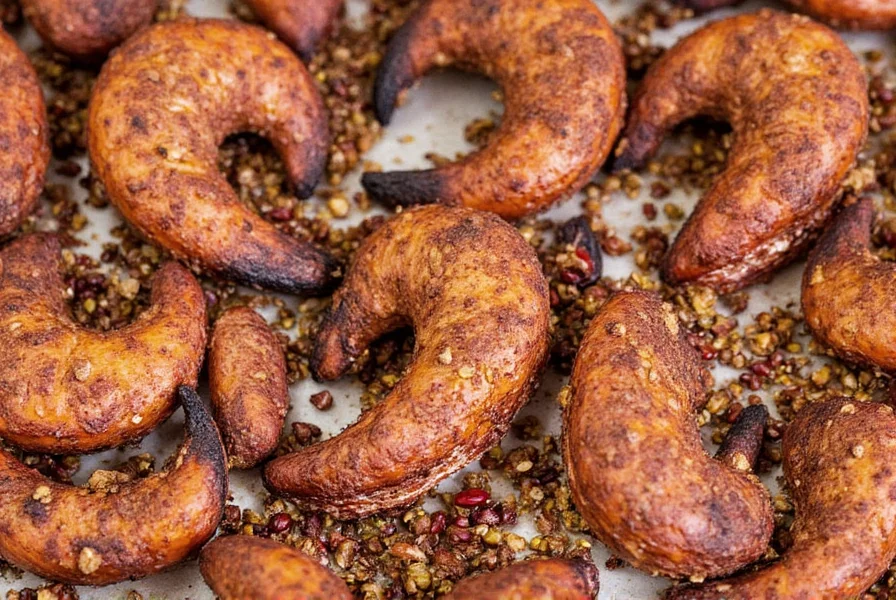
What Exactly Is Jerk Flavoring?
If you’ve ever tasted a perfectly grilled piece of jerk chicken, you know there’s something about that flavor—it's smoky, spicy, sweet, and tangy all at once. But what makes it so special? Well, jerk seasoning is more than just a spice blend; it's a culinary tradition rooted in Jamaica’s rich history.
Traditionally, jerk refers both to the style of cooking (slow-smoking over pimento wood) and the seasoning mix itself. The spice blend typically includes ingredients like scotch bonnet peppers, thyme, garlic, ginger, cinnamon, nutmeg, and allspice. When combined, they create a uniquely bold and complex flavor profile that dances on your tongue.
Why Is It Called "Jerk"?
You might be wondering where the name comes from. Some believe it originated from the Spanish word charqui, meaning dried meat (similar to jerky). Others suggest it comes from the Arawak people, who used similar cooking methods long before European settlers arrived. Either way, “jerk” has evolved into a globally beloved flavor experience.
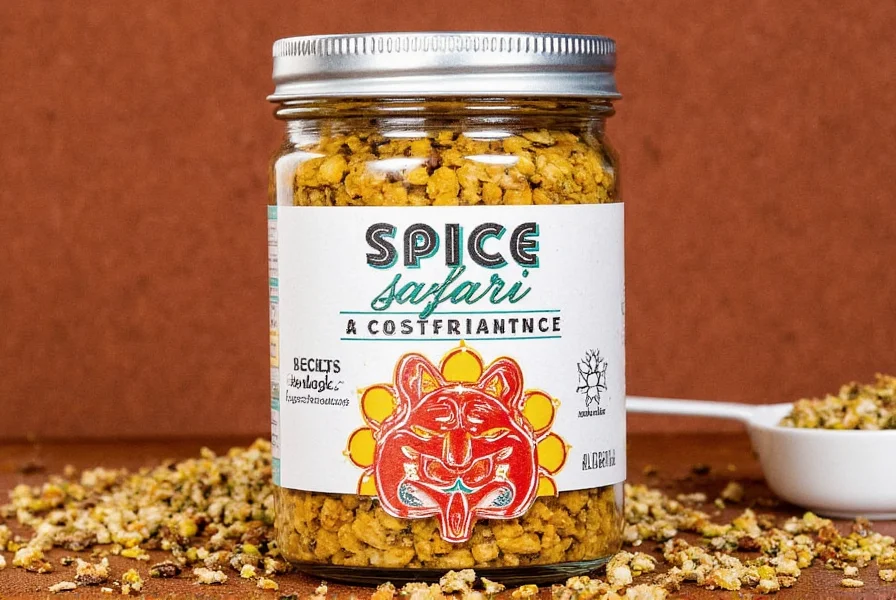
The Roots: A Taste of Jamaican Heritage
To truly understand jerk flavoring, you have to take a step back in time. Before Jamaica was known for reggae music and white sandy beaches, it was home to the Taino people, an indigenous group who first developed the technique of slow-roasting meat with aromatic woods and seasonings.
When African slaves were brought to the island during colonial times, they adopted this method, adding their own twists using locally available spices and herbs. Over generations, these techniques merged and evolved into what we now recognize as classic jerk cuisine.
| Era | Key Influence | Signature Ingredient |
|---|---|---|
| Taino Civilization | Indigenous cooking techniques | Pimento wood smoke |
| Colonial Era | African influence + local flora | Scotch bonnet pepper |
| Modern Day | Globalization and fusion food | Allspice, thyme, citrus zest |
Jerk Spice Breakdown: What’s Inside That Magical Mix?
The beauty of jerk seasoning lies in its balance. Here’s a breakdown of the typical ingredients found in most jerk blends:
- Scotch Bonnet Peppers: Bring the heat with fruity undertones.
- Thyme: Adds herbal brightness and depth.
- Garlic & Ginger: Earthy, aromatic base notes.
- Allspice: Also known as pimento, it gives that warm, clove-like flavor.
- Cinnamon & Nutmeg: Sweet warmth that balances the spice.
- Salt & Brown Sugar: Enhances flavor and creates a caramelized crust.
- Lime Juice or Vinegar: Adds acidity and helps tenderize meat.
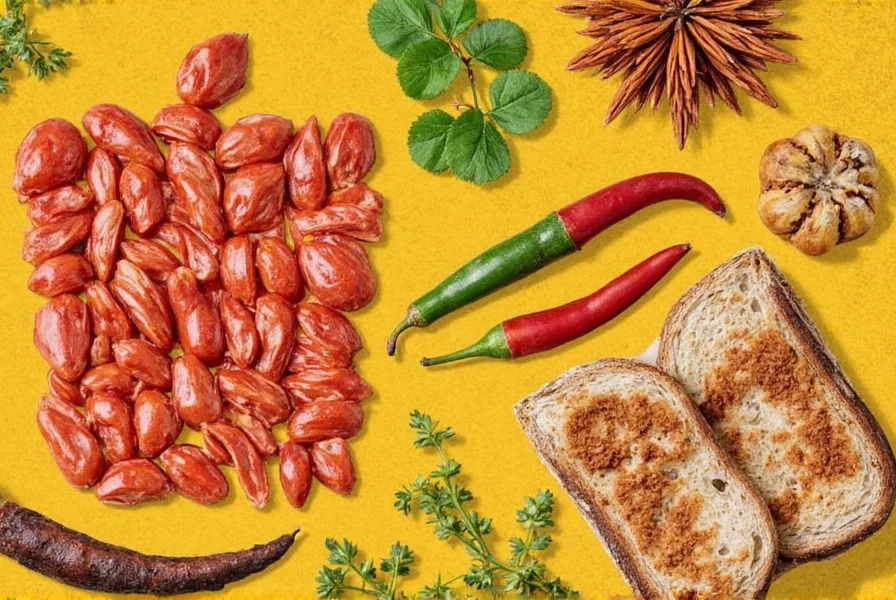
How to Use Jerk Seasoning Like a Pro (or at Least Like Someone Who Knows What They're Doing)
Now that you’ve got your hands on some amazing jerk seasoning, how do you use it? Whether you’re cooking indoors or firing up the grill, here are seven practical ways to bring the jerk vibe to your meals:
- Marinate meats overnight: Chicken, pork, and goat are classics, but feel free to experiment with tofu or mushrooms.
- Grill or roast slowly: For authentic flavor, cook low and slow, ideally over charcoal or hardwood.
- Mix into rice or beans: Add a spoonful to grains for an instant island upgrade.
- Create a jerk sauce: Blend with olive oil, lime juice, and a touch of honey for a dip or drizzle.
- Spice up snacks: Sprinkle on popcorn, roasted nuts, or even avocado toast.
- Use in soups and stews: A pinch can elevate a simple vegetable broth or lentil stew.
- Make jerk butter: Combine with softened butter and slather on corn, bread, or grilled seafood.
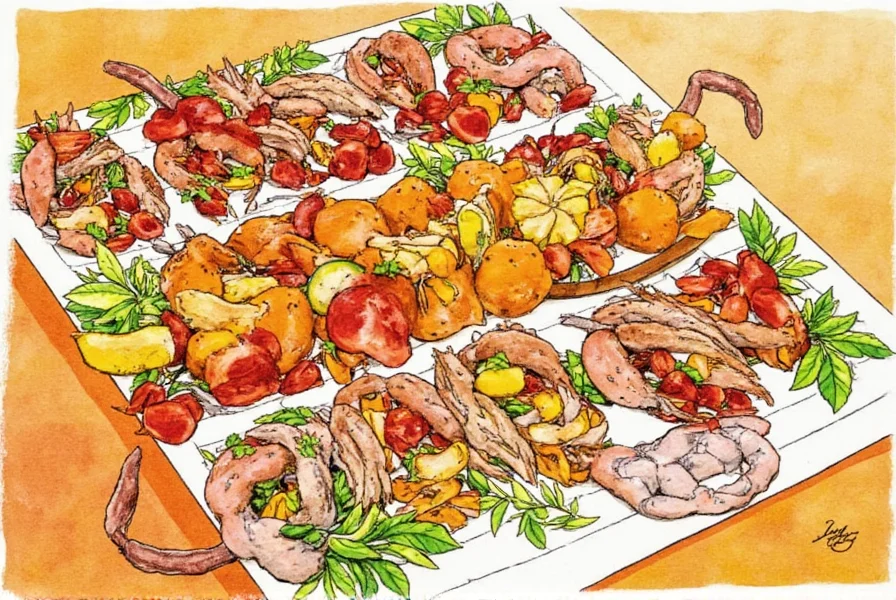
Homemade vs. Store-Bought: Which One Should You Choose?
While store-bought jerk seasoning offers convenience, making your own gives you full control over the flavor intensity and ingredient quality. Here's a quick comparison to help you decide which route is right for you:
| Feature | Homemade | Store-Bought |
|---|---|---|
| Flavor Control | Customizable to taste | Predetermined flavor profile |
| Freshness | Fresher ingredients | May contain preservatives |
| Cost | Inexpensive if you buy in bulk | Can be expensive depending on brand |
| Time Required | More prep work | Instant access |
DIY Jerk Seasoning Recipe (Makes 1/2 cup):
- 2 tbsp ground allspice
- 1 tbsp dried thyme
- 1 tsp cayenne pepper
- 1 tsp cinnamon
- 1 tsp nutmeg
- 1 tsp garlic powder
- 1 tsp onion powder
- 1 tsp salt
- 1 tsp brown sugar
- Optional: Crushed scotch bonnet flakes
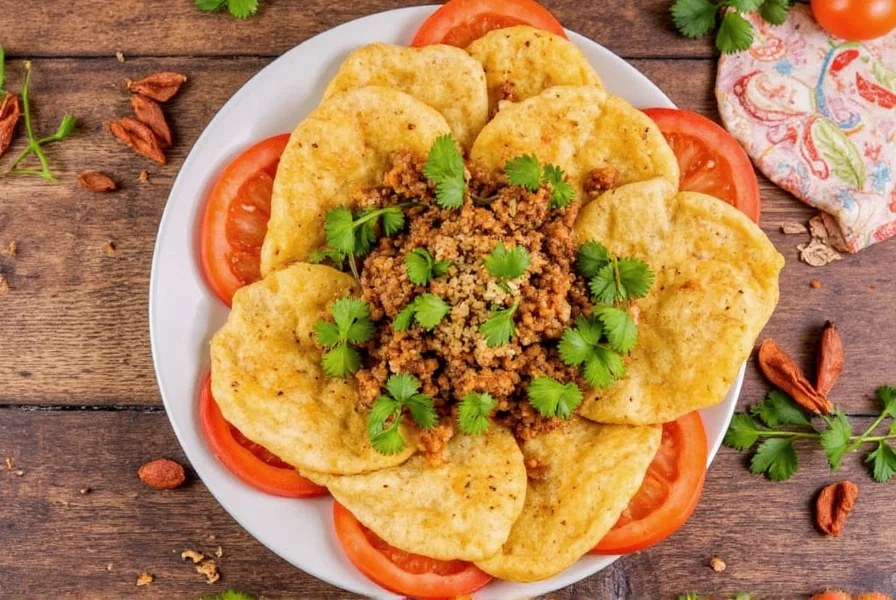
Buying Guide: How to Pick the Best Jerk Flavoring for Your Kitchen
If you’re not up for making your own, don’t worry—there are plenty of excellent pre-made jerk seasonings on the market. Here’s what to look for when shopping:
- Ingredients Matter: Look for natural ingredients with no artificial additives or fillers.
- Heat Level: Check the Scoville scale rating or read labels for heat level indicators like mild, medium, or hot.
- Brand Reputation: Brands like Walkerswood, Grace, and Fiesta are trusted for their authentic blends.
- Packaging: Opt for resealable bags or jars to preserve freshness.
- Versatility: Some blends include additional flavor boosters like smoked paprika or citrus zest for extra depth.
Top 5 Recommended Jerk Seasonings:
| Product Name | Features | Best For | Occasion |
|---|---|---|---|
| Walkerswood Jamaican Jerk Seasoning | Authentic, coarse texture, moderate heat | Grilling meats, especially chicken | Backyard BBQs |
| Grace Authentic Jerk Seasoning | Fine powder, balanced flavor, easy to blend | Cooking rice, stews, or sauces | Weeknight meals |
| Fiesta Jamaican Jerk Marinade | Ready-to-use paste with real chilies | Quick marination | Busy cooks |
| Rub Me Right Spicy Jerk Rub | Extra spicy, chunky texture, smoky undertones | Experienced palates, steak lovers | Dinner parties |
| Kal Spice Organic Jerk Seasoning | Organic certified, gluten-free, vegan-friendly | Health-conscious eaters, vegetarians | Healthy cooking |
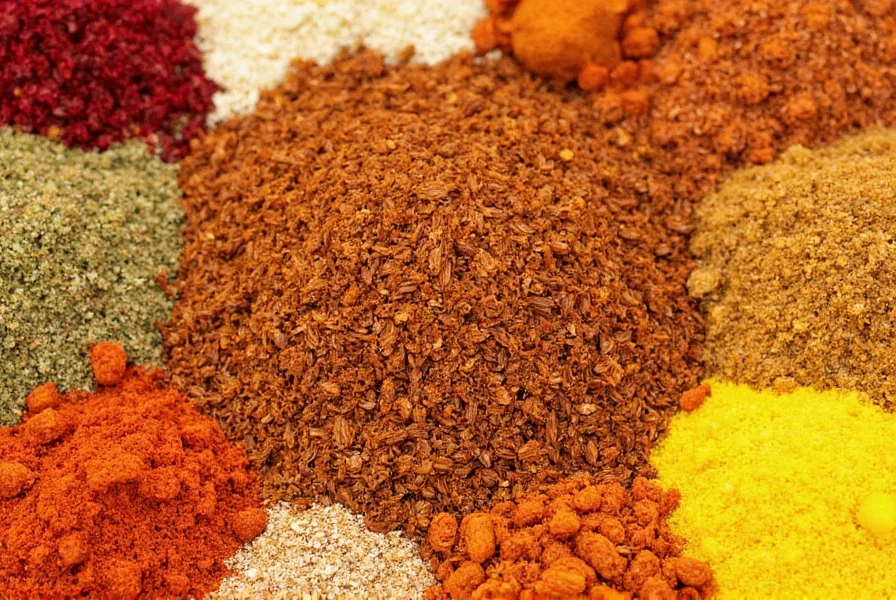
Jerk Goes Global: How This Island Spice Conquered Kitchens Worldwide
Jerk flavoring isn't just popular in Jamaica anymore—it's gone international! From London to Los Angeles, chefs and home cooks alike are incorporating jerk seasoning into their dishes. Its versatility makes it perfect for fusion cuisine, street food, and gourmet dining alike.
Restaurants around the world are experimenting with jerk tacos, jerk pizza, and even jerk-spiced popcorn. Street vendors sell jerk wraps and sliders at food festivals, while health-focused eateries offer jerk quinoa bowls and grilled veggie skewers. The possibilities are endless—and delicious.
Jerk Around the World
- New York City: Jerk chicken burritos at Brooklyn food trucks
- London: Jamaican-style jerk chicken served with curry sauce
- Tokyo: Jerk-seasoned ramen broths and yakitori
- Berlin: Jerk-flavored falafel wraps
- Sydney: Jerk prawn skewers with mango salsa

Conclusion: Let the Jerk Speak for Itself
Jerk flavoring is more than just a seasoning—it’s a story of culture, resilience, and flavor-packed innovation. Whether you're grilling under the sun, whipping up dinner after work, or simply looking to spice up your snack game, jerk seasoning brings the heat, the heart, and the heritage to every bite.
So next time you reach for the spice rack, don’t overlook that little bottle labeled 'jerk'. Give it a whirl. Trust us, your taste buds will thank you. And if you’re feeling adventurous? Make your own. It’s a rewarding culinary journey worth taking—one fragrant, spicy spoonful at a time.
Happy spicing!











 浙公网安备
33010002000092号
浙公网安备
33010002000092号 浙B2-20120091-4
浙B2-20120091-4